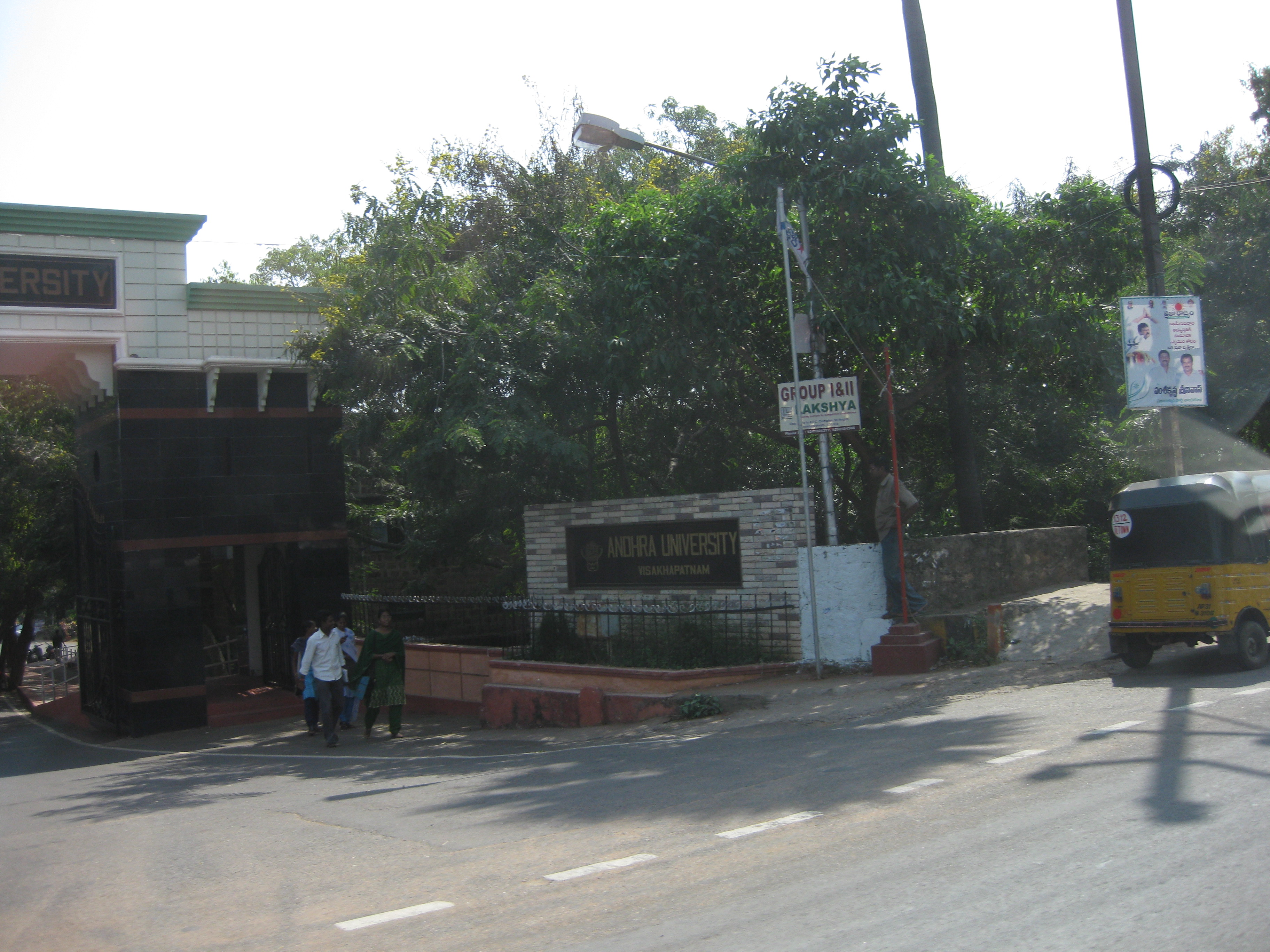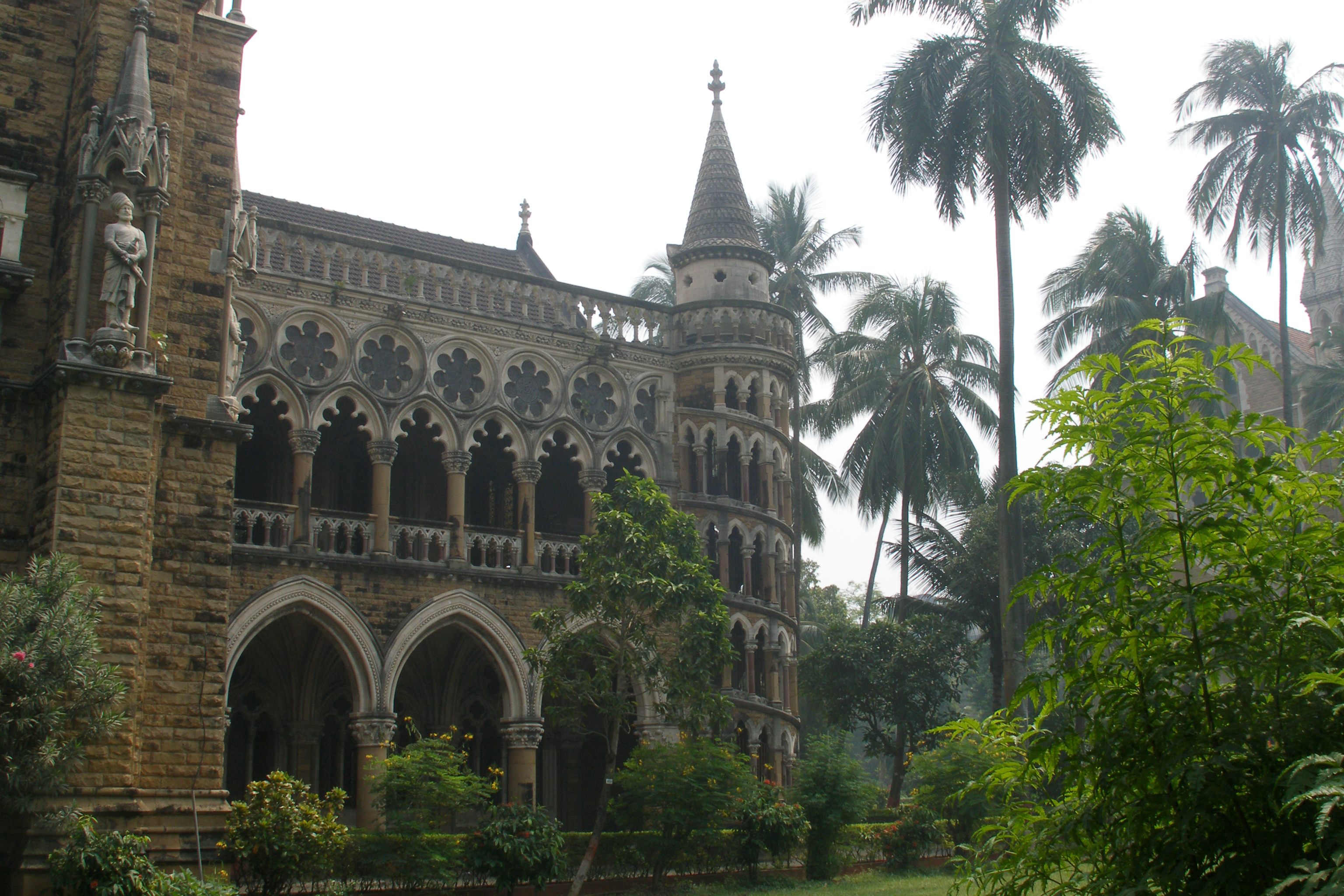|
Adusumilli Srikrishna
Adusumilli Srikrishna (1955–2013) was an Indian organic chemist and a professor at the department of organic chemistry at the Indian Institute of Science. He was known for his researches on radical cyclisation and natural products synthesis and was an elected fellow of the Indian National Science Academy, National Academy of Sciences, India and the Indian Academy of Sciences The Council of Scientific and Industrial Research, the apex agency of the Government of India for scientific research, awarded him the Shanti Swarup Bhatnagar Prize for Science and Technology, one of the highest Indian science awards, in 1997, for his contributions to chemical sciences. Biography A. Srikrishna, born on the New Year's Day of 1955, in Gudivada, a small town in Krishna district of the south Indian state of Andhra Pradesh, did his graduate studies at ANR College of Nagarjuna University in 1973 and completed a master's degree from Andhra University in 1975. Enrolling at University of Hyde ... [...More Info...] [...Related Items...] OR: [Wikipedia] [Google] [Baidu] |
Gudivada
Gudivada is a city in Krishna district of the Indian state of Andhra Pradesh. It is a municipality and the headquarters of Gudivada mandal in Gudivada revenue division. It is one of the cities in the state to be a part of Andhra Pradesh Capital Region. It is the twenty-seventh most populous city in Andhra Pradesh and the three-hundredth most populous city in India with a population of 118,167 according to the 2011 Census of India. History The name Gudivada was derived from ''Gudi'' meaning Temple and ''Vada'' means Settlement or town in Telugu language. The presence of Habitation at this city may be dated back to 3rd Century BCE or 2nd Century BCE since the time of Sathavahanas as per some inscriptions. Archaeological excavations conducted at Gudivada yielded an ancient Buddhist stupa mound and Jain relics. Gudivada is religiously diversified city with many Hindu Temples and important Jain Tirth of Bhagawan Parshvanath located at market road. ''Vidarbhapuri'' was one of i ... [...More Info...] [...Related Items...] OR: [Wikipedia] [Google] [Baidu] |
Indian Chemical Society
The Indian Chemical Society is a scientific society dedicated in the field of chemistry from India. It was established in 1924 with Prafulla Chandra Ray as its founding president. The same year the society started to publish its "Quarterly Journal of Indian Chemical Society" (1924– 1927) which is currently known as Journal of Indian Chemical Society. Fellows *Animesh Chakravorty Animesh Chakravorty FNA, FASc (born 30 June 1935) is a Bengali Indian inorganic chemist. In 1975, he was awarded the Shanti Swarup Bhatnagar Prize for Science and Technology in chemistry by the Council of Scientific and Industrial Research. E ... Indian Chemical Society – North Branch To serve more efficiently towards the scientific objective of the society, on the 3rd day of March 2020 ICS has launched thIndian Chemical Society – North Branch [...More Info...] [...Related Items...] OR: [Wikipedia] [Google] [Baidu] |
University Of Madras
The University of Madras (informally known as Madras University) is a public university, public State university (India), state university in Chennai, Tamil Nadu, India. Established in 1857, it is one of the oldest and among the most prestigious universities in India, incorporated by an act of the Council of India, Legislative Council of India under the British India, British government. It is a collegiate university, collegiate research university and has six campuses in the city: Chepauk, Marina Beach, Marina, Guindy, Taramani, Maduravoyal and Chetpet. It offers more than 230 courses under 87 academic departments of post-graduate teaching and research grouped under 18 schools, covering diverse areas such as sciences, social sciences, humanities, management and medicine along with 121 affiliated colleges and 53 approved research institutions. The university houses the national centres for advanced research in nanotechnology, photonics and neurotoxicity. In addition, it has thre ... [...More Info...] [...Related Items...] OR: [Wikipedia] [Google] [Baidu] |
Bombay University
The University of Mumbai is a collegiate, state-owned, public research university in Mumbai. The University of Mumbai is one of the largest universities in the world. , the university had 711 affiliated colleges. Ratan Tata is the appointed head of the advisory council. History In accordance with "Wood's despatch", drafted by Sir Charles Wood in 1854, the University of Bombay was established in 1857 after the presentation of a petition from the Bombay Association to the British colonial government in India. The University of Mumbai was modelled on similar universities in the United Kingdom, specifically the University of London. The first departments established were the Faculty of Arts at Elphinstone College in 1835 and the Faculty of Medicine at Grant Medical College in 1845. Both colleges existed before the university was founded and surrendered their degree-granting privileges to the university. The first degrees awarded in 1862 were Bachelor of Arts and Licentiate in ... [...More Info...] [...Related Items...] OR: [Wikipedia] [Google] [Baidu] |
ResearchGate
ResearchGate is a European commercial social networking site for scientists and researchers to share papers, ask and answer questions, and find collaborators. According to a 2014 study by ''Nature'' and a 2016 article in ''Times Higher Education'', it is the largest academic social network in terms of active users, although other services have more registered users, and a 2015–2016 survey suggests that almost as many academics have Google Scholar profiles. While reading articles does not require registration, people who wish to become site members need to have an email address at a recognized institution or to be manually confirmed as a published researcher in order to sign up for an account. Members of the site each have a user profile and can upload research output including papers, data, chapters, negative results, patents, research proposals, methods, presentations, and software source code. Users may also follow the activities of other users and engage in discussions with th ... [...More Info...] [...Related Items...] OR: [Wikipedia] [Google] [Baidu] |
Enantiomeric
In chemistry, an enantiomer ( /ɪˈnænti.əmər, ɛ-, -oʊ-/ ''ih-NAN-tee-ə-mər''; from Ancient Greek ἐνάντιος ''(enántios)'' 'opposite', and μέρος ''(méros)'' 'part') – also called optical isomer, antipode, or optical antipode – is one of two stereoisomers that are non-superposable onto their own mirror image. Enantiomers are much like one's right and left hands, when looking at the same face, they cannot be superposed onto each other. No amount of reorientation will allow the four unique groups on the chiral carbon (see Chirality (chemistry)) to line up exactly. The number of stereoisomers a molecule has can be determined by the number of chiral carbons it has. Stereoisomers include both enantiomers and diastereomers. Diastereomers, like enantiomers, share the same molecular formula and are non-superposable onto each other however, they are not mirror images of each other. A molecule with chirality rotates plane-polarized light. A mixture of equals a ... [...More Info...] [...Related Items...] OR: [Wikipedia] [Google] [Baidu] |
Racemic
In chemistry, a racemic mixture, or racemate (), is one that has equal amounts of left- and right-handed enantiomers of a chiral molecule or salt. Racemic mixtures are rare in nature, but many compounds are produced industrially as racemates. History The first known racemic mixture was racemic acid, which Louis Pasteur found to be a mixture of the two enantiomeric isomers of tartaric acid. He manually separated the crystals of a mixture by hand, starting from an aqueous solution of the sodium ammonium salt of racemate tartaric acid. Pasteur benefited from the fact that ammonium tartrate salt that gives enantiomeric crystals with distinct crystal forms (at 77 °F). Reasoning from the macroscopic scale down to the molecular, he reckoned that the molecules had to have non-superimposable mirror images. A sample with only a single enantiomer is an ''enantiomerically pure'' or ''enantiopure'' compound. Etymology From racemic acid found in grapes; from Latin ''racemus'', meani ... [...More Info...] [...Related Items...] OR: [Wikipedia] [Google] [Baidu] |
Padma Shri
Padma Shri (IAST: ''padma śrī''), also spelled Padma Shree, is the fourth-highest Indian honours system, civilian award of the Republic of India, after the Bharat Ratna, the Padma Vibhushan and the Padma Bhushan. Instituted on 2 January 1954, the award is conferred in recognition of "distinguished contribution in various spheres of activity including the arts, education, industry, literature, science, acting, medicine, social service and public affairs". It is awarded by the Government of India every year on Republic Day (India), India's Republic Day. History Padma Awards were instituted in 1954 to be awarded to citizens of India in recognition of their distinguished contribution in various spheres of activity including the arts, education, Private industry, industry, literature, science, acting, medicine, social service and Public affairs (broadcasting), public affairs. It has also been awarded to some distinguished individuals who were not citizens of India but did contri ... [...More Info...] [...Related Items...] OR: [Wikipedia] [Google] [Baidu] |
ANR College
ANR College is an institution of higher education in Gudivada, Andhra Pradesh, India. It is an autonomous college affiliated to Nagarjuna University Acharya Nagarjuna University ( IAST: ''Ācārya Nāgārjuna Vișvavidyālaya'') is a state university in Namburu, Guntur district, Andhra Pradesh, India. History The university was established as Nagarjuna University by Act 43 of 1976 of A .... So present principal is Dr.P.Rajasekhar External linksOfficial website Colleges in Andhra Pradesh Universities and colleges in Krishna district Educational institutions in India with year of establishment missing {{AndhraPradesh-university-stub ... [...More Info...] [...Related Items...] OR: [Wikipedia] [Google] [Baidu] |
Shanti Swarup Bhatnagar Prize For Science And Technology
The Shanti Swarup Bhatnagar Prize for Science and Technology (SSB) is a science award in India given annually by the Council of Scientific and Industrial Research (CSIR) for notable and outstanding research, Applied science, applied or Fundamental science, fundamental, in biology, chemistry, environmental science, engineering, mathematics, medicine, and physics. The prize recognizes outstanding Indian work (according to the view of Council of Scientific and Industrial Research, CSIR awarding committee) in science and technology. It is the most coveted award in Interdisciplinarity, multidisciplinary science in India. The award is named after the founder Director of the Council of Scientific & Industrial Research, Shanti Swaroop Bhatnagar, Shanti Swarup Bhatnagar. It was first awarded in 1958. Any citizen of India engaged in research in any field of science and technology up to the age of 45 years is eligible for the prize. The prize is awarded on the basis of contributions made thr ... [...More Info...] [...Related Items...] OR: [Wikipedia] [Google] [Baidu] |
Council Of Scientific And Industrial Research
The Council of Scientific and Industrial Research (IAST: ''vaigyanik tathā audyogik anusandhāna pariṣada''), abbreviated as CSIR, was established by the Government of India in September 1942 as an autonomous body that has emerged as the largest research and development organisation in India. CSIR is also among the world's largest publicly funded R&D organisation which is pioneering sustained contribution to S&T human resource development in the country. , it runs 37 laboratories/institutes, 39 outreach centres, 3 Innovation Centres and 5 units throughout the nation, with a collective staff of over 14,000, including a total of 4,600 scientists and 8,000 technical and support personnel. Although it is mainly funded by the Ministry of Science and Technology, it operates as an autonomous body through the Societies Registration Act, 1860. The research and development activities of CSIR include aerospace engineering, structural engineering, ocean sciences, life sciences and he ... [...More Info...] [...Related Items...] OR: [Wikipedia] [Google] [Baidu] |





